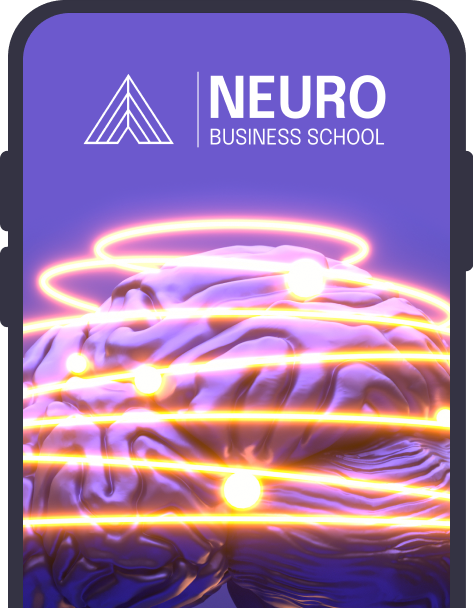
Colors aren’t just the surface tones of things, as each one has its own unique voice. And while it’s nothing new that red evokes passion, blue, hope, and white, peace, the truth is that many people ignore the importance of color psychology.
But what does each color mean? Can we apply color psychology to marketing? Each hue provokes a different emotional response, which is why major brands rely on this concept to build their own identity and personality.
Join us as we discover the language of each color, as well as the importance and application of this concept in marketing, to understand how humans perceive the sensations each hue produces in us.
What is color psychology?
Why does McDonald’s use yellow and red? To understand this, we must start with the definition of color psychology, which is the study of how colors influence our emotions, behaviors, and decisions, both consciously and subconsciously.
Regarding its uses, this area is applied in marketing, design, advertising, and even therapy. Of course, it’s not a new concept, as colors have long sparked much curiosity..
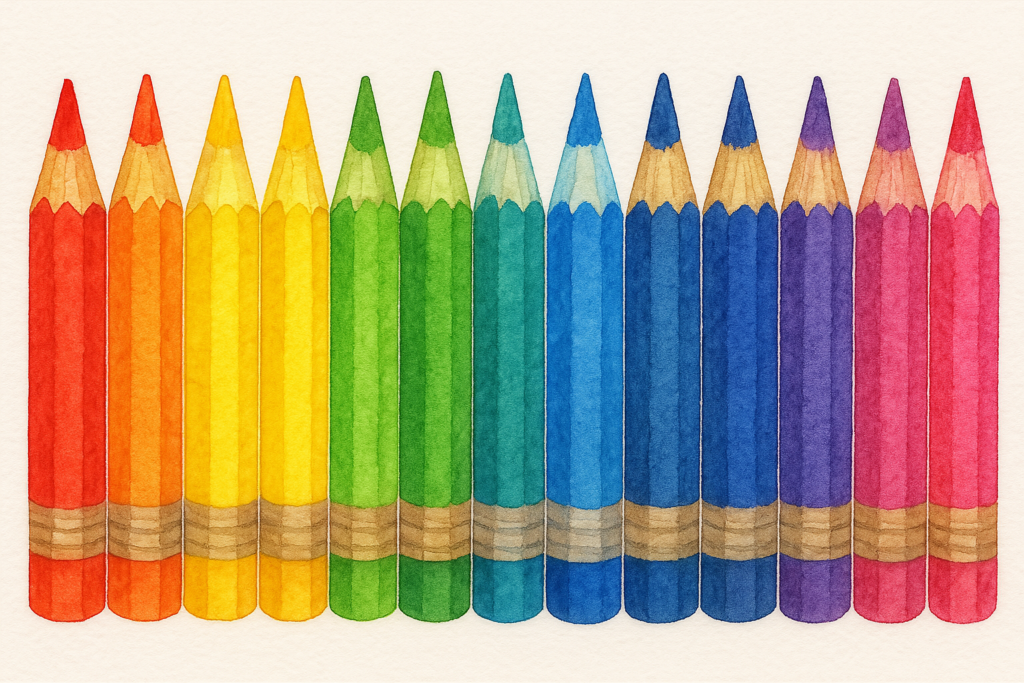
Where does the concept come from?
Well, the term itself was formally coined in the 20th century by the German poet and scientist Johann Wolfgang von Goethe in his book “Theory of Colors,” where he explored how hues affect human perception.
However, its study dates back to ancient cultures. Note this: the Egyptians used green (symbolizing hope) in funerary murals, while the Romans wore purple to symbolize power. What’s more, even alchemists associated colors with emotions: blue with calm and yellow with energy.
Interesting Facts About Color Psychology
- ➡️Did you know that 85% of consumers choose a product based solely on its color? –Kissmetrics Study
- ➡️Color increases brand recognition by up to 80%.
- ➡️According to Forbes, using the right color in your logo can improve people’s recall by up to 39%.
- ➡️Dishes served on red plates increase appetite by 24% -Journal of Hospitality data.
- ➡️Why do you think most banks and even PayPal use the color blue? Because it conveys security.
Color Meanings According to Psychology
Now that you’ve seen some data that reflects the importance of the meaning of colors in daily life, let’s analyze what emotion each shade conveys:
🔵Blue in Color Psychology
According to the meaning of colors in psychology, blue has a psychological effect, as it reduces stress and blood pressure.
It’s worth noting that 85% of technology brands use blue, including IBM, Facebook, LinkedIn, and others. Additionally, you’ve probably already noticed that hospitals use it to create calming environments.
- Fun fact: It’s the favorite color of 45% of the world’s population.
- Contraindications: It suppresses appetite; therefore, avoid it in restaurants.
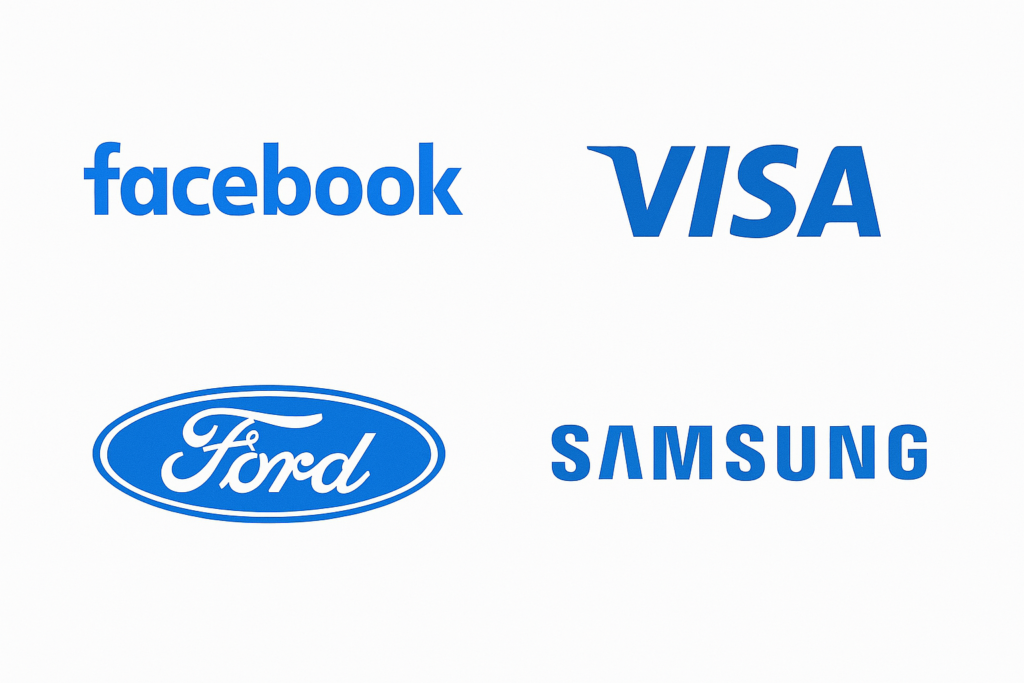
💛The Meaning of the Color Yellow
As for yellow, it’s one of the colors with the greatest impact, as it increases the release of serotonin, the happiness hormone. Note that it’s also widely used in marketing, and McDonald’s uses it to stimulate appetite and create a sense of speed.
Now, in ancient times, yellow meant wealth, happiness, and abundance. But today, it also has a negative connotation, as it is associated with envy, jealousy, and anger.
- Fun fact: yellow ads capture 1.8 times more attention than others, according to a Pantone study.
- Warning: Excessive yellow can cause eye strain, so it’s not frequently used in schools or healthcare settings.
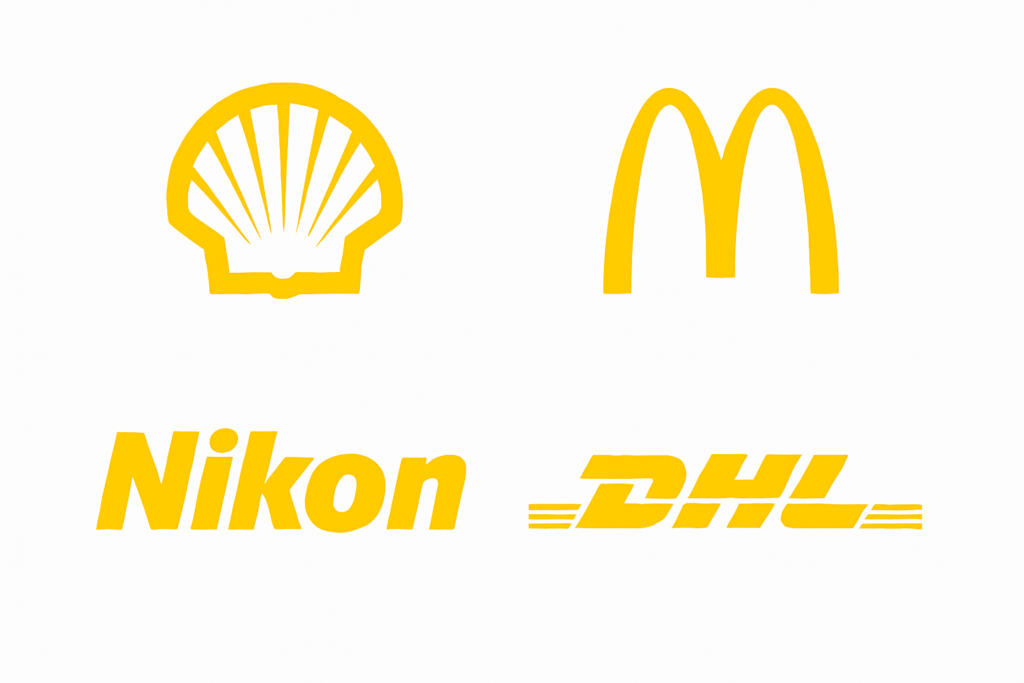
🧡Orange Color Meaning
Orange is the color of aromas; just remember a peach or a delicious orange and you’ll immediately smell the scent, just as if you were holding the fruit in front of you.
It’s a very energetic color because it combines the power of red with the joy of yellow. However, in some cultures, it’s also associated with immaturity and frivolity.
- Key facts: It’s a color that increases the click-through rate on buttons by 15%, according to a HubSpot study.
- It’s eye-catching: Amazon uses it for its “Buy Now” buttons.
- Cultural: In India, it symbolizes spirituality, which is why it’s used on the clothing of Buddhist monks.
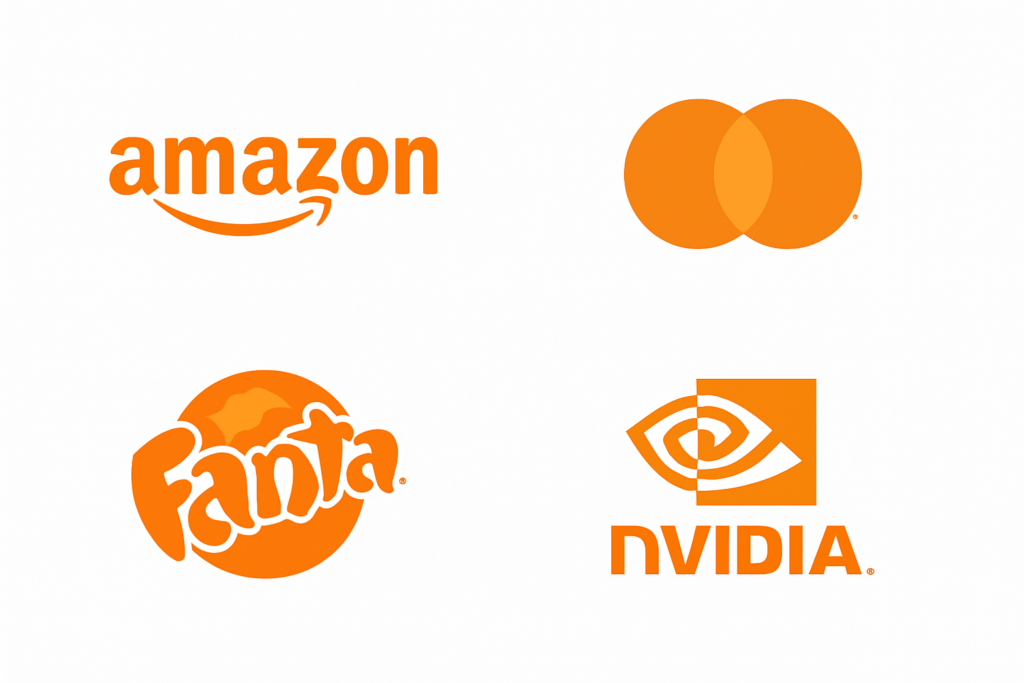
💚What does the color green mean?
Nature and balance are two words that perfectly define the color green. It also evokes emotions of rebirth and blossoming, which is why it’s frequently used in various personal growth therapies.
We’re talking about a fresh, youthful, and 100% relaxing color that’s on the color wheel to reflect the healthiness of life.
- Facts: It improves concentration by 20% in workspaces.
- In marketing: Green packaging is perceived as 23% healthier.
- Irony: “Poisonous” green (emerald green) was the color that killed Napoleon because of the arsenic in its pigment.
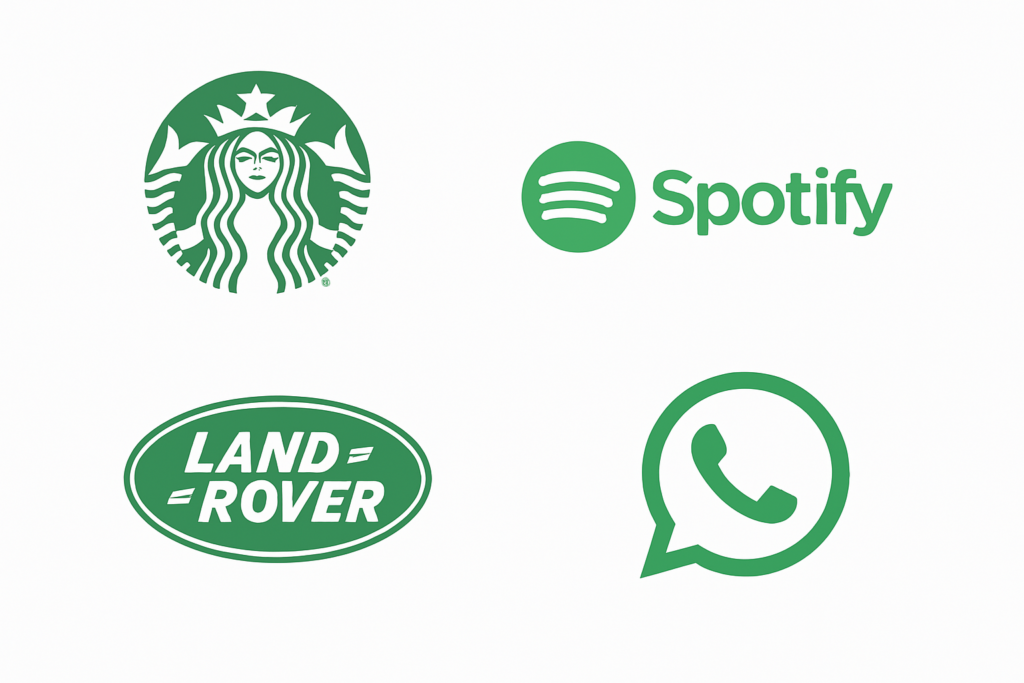
🔴Psychology of the Color Red
What is the meaning of the color red in psychology? To begin with, it’s the most intense and contradictory color in color psychology. Among its meanings are that it attracts, alerts, and dominates like no other. It is associated with love, passion, and lust.
In addition, it has proven psychological effects, such as increasing heart rate and blood pressure. And as you may already know, it’s a hue that generates urgency, since red signs increase impulse sales by 34% compared to other colors.
- Facts: It attracts attention in 0.3 seconds because it’s the most visible color over long distances, and is used in traffic lights.
- In Chinese culture: It’s a symbol of good luck and prosperity.
- In sports: Teams wearing red uniforms earn 5% more.
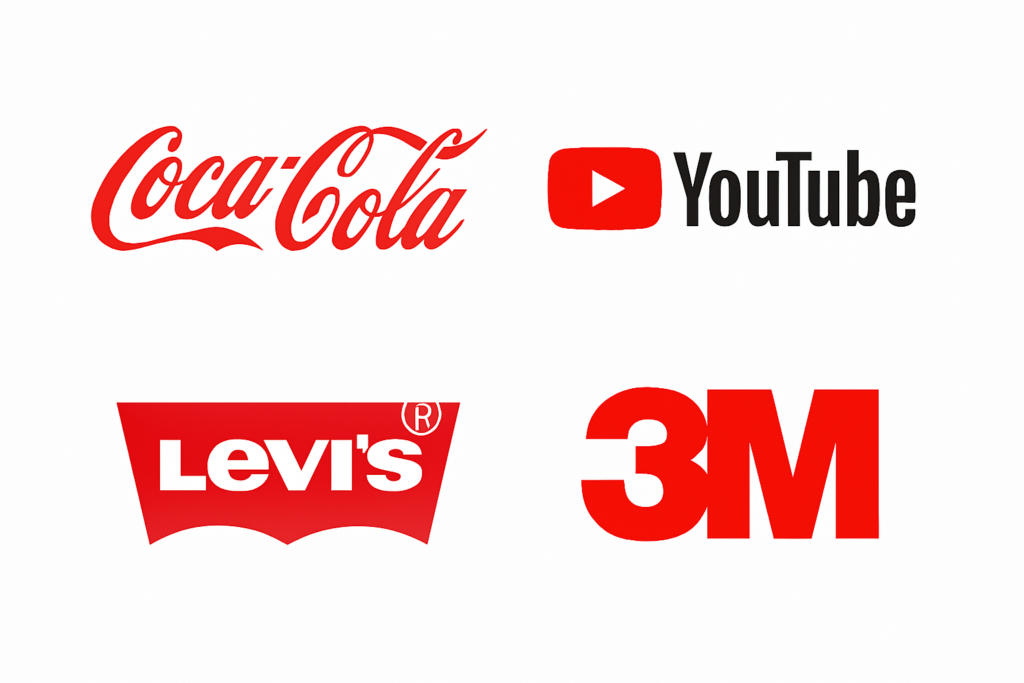
💗Pink Color Psychology
Sweetness and femininity are two of the main meanings of this beautiful color. Pink has a fascinating history. Look, in 1918, it was considered a “strong” color for boys, while blue was associated with girls.
Psychologically, this color reduces aggression. In fact, it’s used in Swiss prisons to calm inmates, although excessive use can be perceived as childish.
- Facts: It temporarily reduces muscle strength, according to prison studies.
- It’s a luxurious shade: Luxury brands like Tiffany & Co. embraced Millennial Pink to appeal to millennials, increasing their online sales by 20% in 2017.
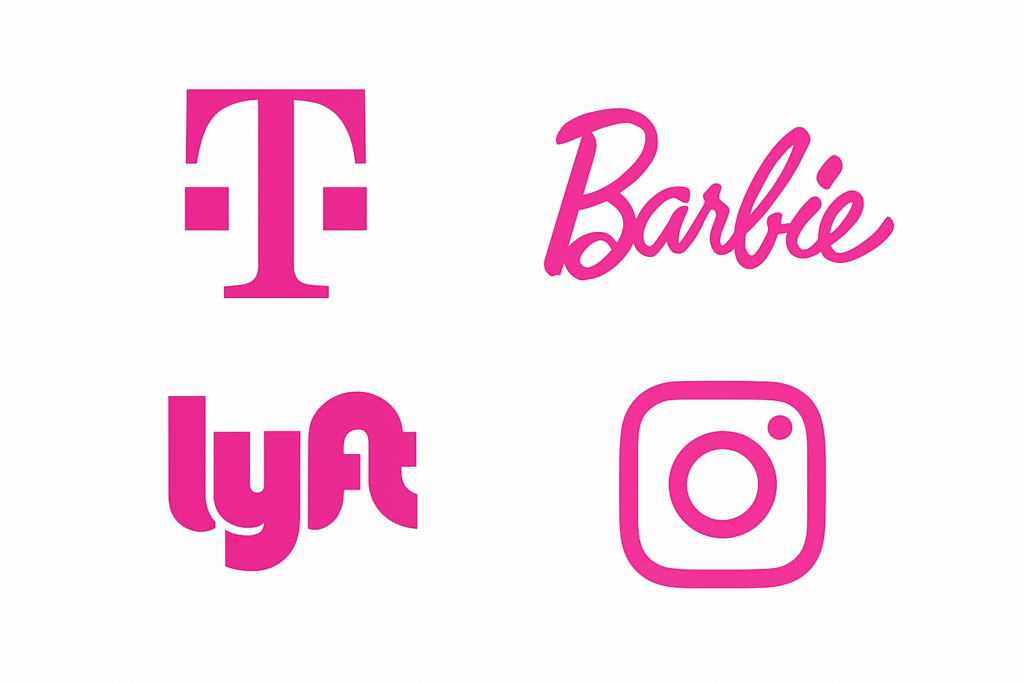
⚪ White Color Psychology
This is one of the most iconic shades in color psychology. In almost every culture, it represents calm, peace, purity, and stillness. It’s a color of beginnings and birth, so it’s always used for weddings, baptisms, and births.
However, too much white in a brand or space can create a feeling of emptiness or coldness.
- Fun fact: In China and Japan, white symbolizes mourning.
- Design: Apple uses it to convey sophistication.
- In decor: It increases the perception of space by 40% in interiors.
Marketing and Color Psychology to Convey the Right Message
Do you want to apply color psychology to your brand or business to see it grow like wildfire? Anyone working in marketing should know that 90% of customer persuasion is achieved through visual impact.
Keep in mind that colors don’t just decorate, they also communicate values and emotions in seconds. In fact, according to a study by the Color Marketing Group, 85% of consumers choose a product based on its color, and 80% recognize a brand solely by its color palette.
Just look at cases like Coca-Cola red or Facebook blue. So, burn this into your memory: using the right tone can increase your website’s conversion rate by up to 24%, especially with CTA buttons.
If you want your brand to take advantage of this mental shortcut, you can train with us through the various courses and programs we offer at Neuro Business School.
Frequently Asked Questions
How does my brain choose colors without me realizing it?
Simply put, your brain processes colors subconsciously through evolutionary and cultural associations. Neuroscience studies show that 90% of color-based decisions are emotional rather than rational.
Is it necessary to apply color psychology to my brand?
Absolutely! If you want to communicate successfully, you must use the right colors, as they can improve brand recognition by up to 80% and increase conversions by 24% (HubSpot data).
How do I test if my colors are working?
One simple way is to run A/B tests. That is, compare versions of your website/app with different colors and metrics such as time on page, clicks, or conversions.
References
Escuela Valenciana de arte superior y diseño: El color y las emociones
Keim: el efecto psicológico de los colores
Psicología del color PDF: Cómo actúan los colores sobre los sentimientos y la razón




